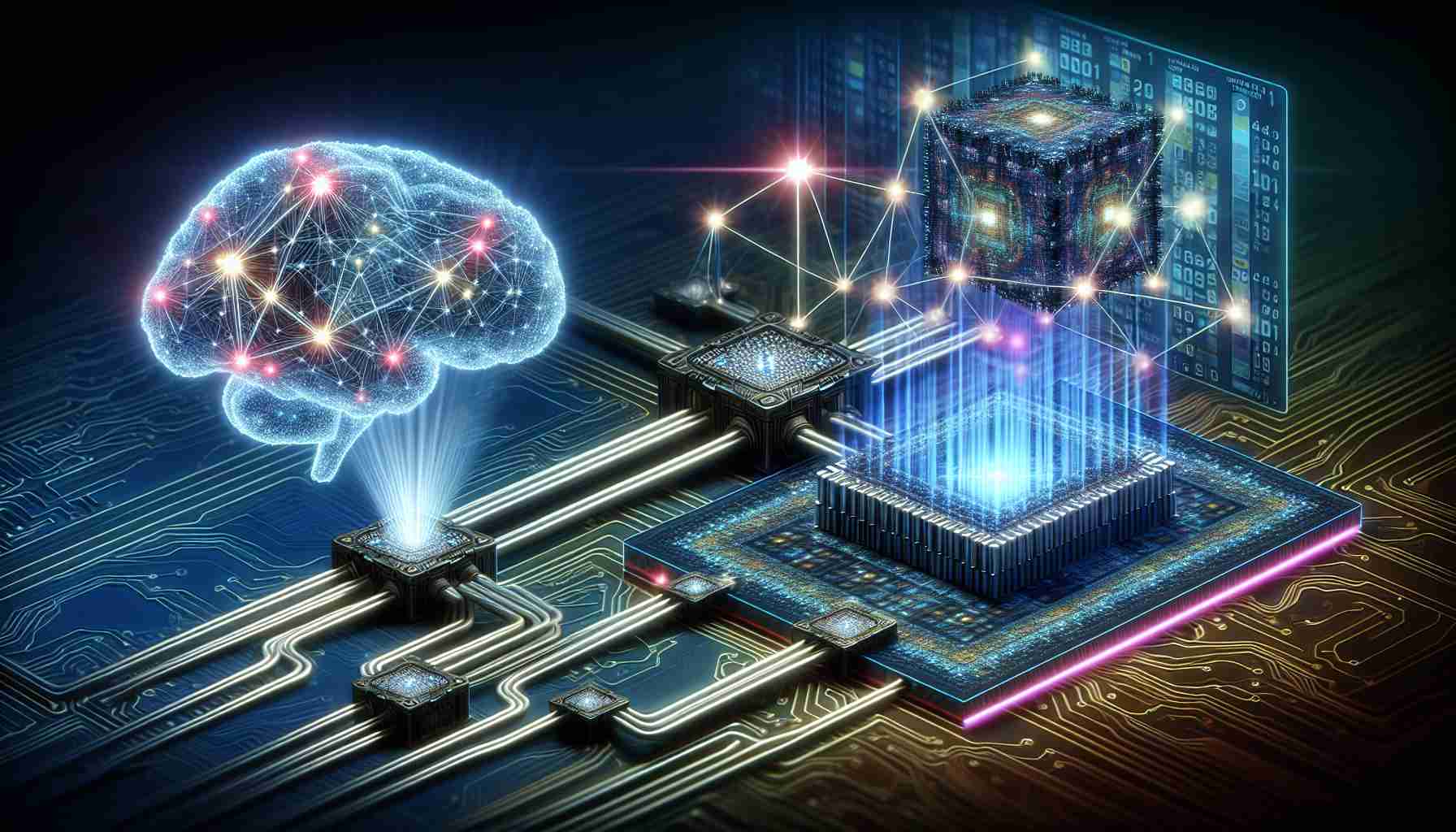Reimagining Unclaimed Asset Management Through Innovative Tech
Share Samadhan’s Co-Founder Vikash Kumar Jain has recently illuminated the potential that cutting-edge technologies such as blockchain possess in rectifying the prevalent issue of unclaimed assets. During a thought-provoking interview, Jain emphasized that a legion of assets remains unclaimed due to a variety of factors, from simple oversight to more complex scenarios involving inheritance.
Unclaimed assets are not just a trivial matter; they represent a substantial quantity of shares and dividends that rightful owners have lost due to several reasons. These reasons include outdated contact details, insufficient heir information following a shareholder’s death, or even misplaced documents. When such assets remain unclaimed for a period of seven years, they are transferred to the Investor Education and Protection Fund (IEPF) in compliance with regulatory norms.
To combat this, blockchain technology offers a crystal-clear avenue for monitoring asset ownership and seamlessly orchestrates transfers to legitimate claimants through sophisticated claimant identification processes. Additionally, the use of Artificial Intelligence for parsing vast swathes of data enables the system to uncover unclaimed assets and associate them with their lawful proprietors.
Beyond the technologies, entities like Share Samadhan and experienced financial advisors are instrumental in guiding clients through the process of reclaiming their investments. Their services encompass a broad spectrum, including educating the clientele, managing intricate paperwork, and coordinating with respective authorities.
Proactive engagement in updating personal information, merging accounts, and implementing effective notifications can substantively reduce episodes of unclaimed investments. Substantial life events, such as marriage or relocation, further compound this issue if these changes are not promptly reflected in financial records.
As per recent statistics, India is sitting on a vast reservoir of unclaimed investments, including a staggering accumulation of unclaimed assets across various financial instruments. This phenomenon is attributed to the nation’s limited financial education, mobility of the population, and inheritance complexities, implicating a dire need to enhance financial education and integrate technological platforms to bridge the gap between lost assets and their rightful claimants.
Advantages and Disadvantages of Using Blockchain and AI in Asset Recovery
Advantages:
1. Transparency: Blockchain technology ensures a decentralized and transparent ledger that can record ownership and transactions. This leads to increased trust and security, minimizing fraud.
2. Efficiency: AI algorithms can quickly sift through vast data sets to identify and match unclaimed assets with their rightful owners, which drastically speeds up the asset recovery process.
3. Accuracy: The use of blockchain minimizes human errors and the potential for dispute over ownership, as the technology provides an immutable record of transactions and asset ownership.
4. Reduction in Costs: Automating the process with AI and blockchain technology can potentially reduce the costs involved with asset recovery, as it decreases the need for labor-intensive research and manual processing.
Disadvantages:
1. Complexity: The implementation of blockchain and AI systems can be complex and may require significant technical expertise and financial resources to develop and maintain.
2. Technical Barriers: There is a learning curve associated with understanding blockchain and AI systems for those involved in the asset recovery process, including claimants.
3. Legal and Regulatory Challenges: Integrating new technology with existing legal frameworks can pose challenges, particularly when it comes to ensuring compliance with privacy laws and regulations surrounding asset ownership and transfers.
4. Data Privacy: Though blockchain can increase security, ensuring that sensitive personal data is protected in compliance with data privacy laws is critical when using AI to process personal information.
Key Questions and Answers
Q: How does blockchain technology help in the recovery of unclaimed assets?
A: Blockchain technology provides a transparent and immutable ledger for asset management which helps in tracking ownership and validating the rightful claimants’ identities, thus preventing fraud and enabling easier recovery of unclaimed assets.
Q: What role does AI play in reclaiming unclaimed investments?
A: AI can analyze large volumes of data to identify patterns, flag unclaimed assets, and help in the matching of these assets with their potential owners much faster than manual processes.
Key Challenges and Controversies
1. Integration with Current Systems: Integrating blockchain and AI technology into the current financial system poses technical and operational challenges.
2. Regulatory Hurdles: There may be regulatory hurdles and resistance from regulated financial institutions due to uncertainties surrounding technology governance and compliance.
3. Access to Technology: Not all stakeholders may have equal access to the benefits of these technologies, particularly in regions with limited technological infrastructure.
4. Data Accuracy: AI systems depend on data quality; inaccurate or incomplete data could lead to the misidentification of rightful asset owners.
If you are interested in learning more about neoteric resources for asset recovery, you can visit the Blockchain.com website to explore how blockchain technology is shaping the landscape or the Google AI platform to understand the applications of artificial intelligence in various domains, including finance.



